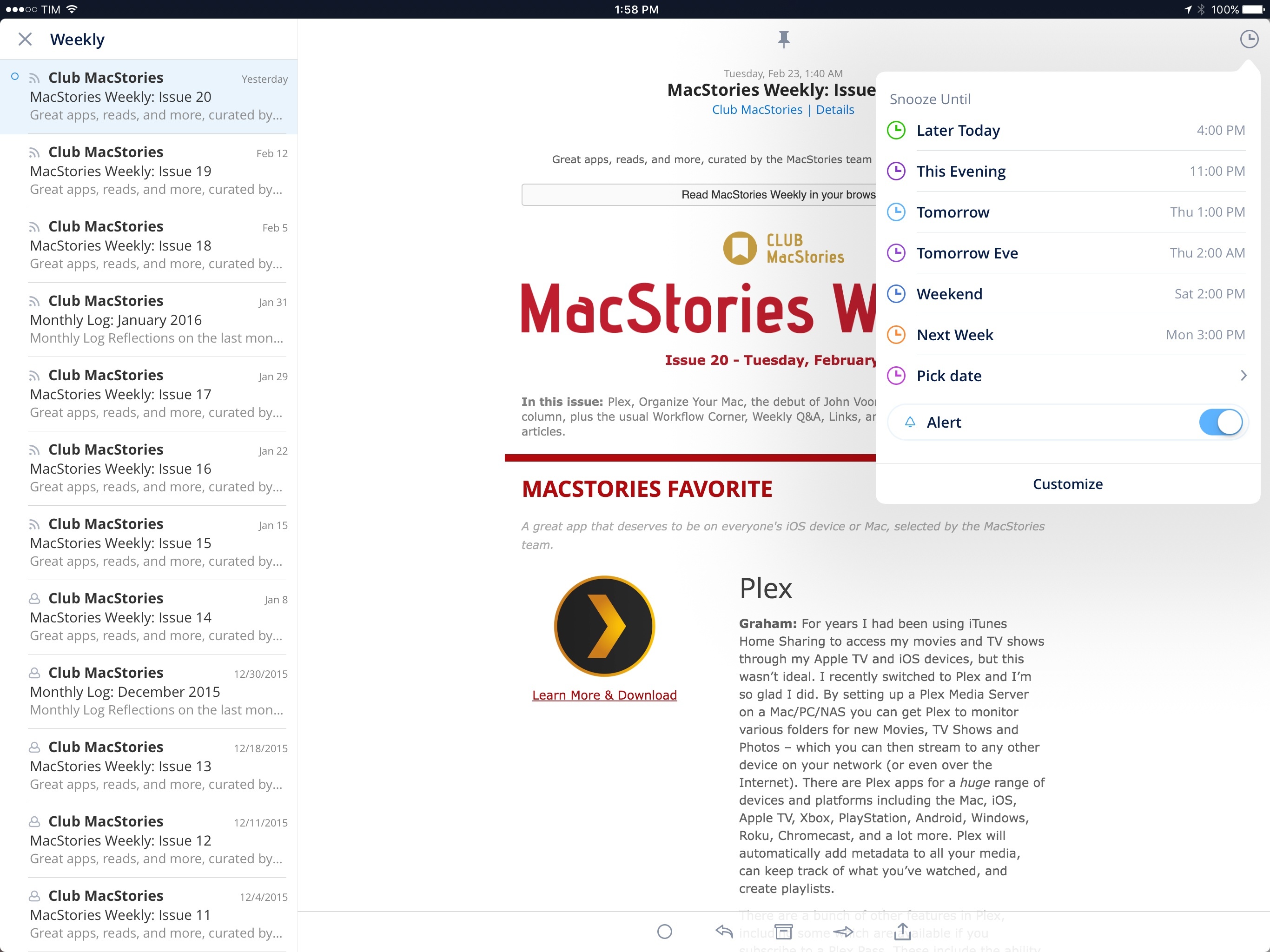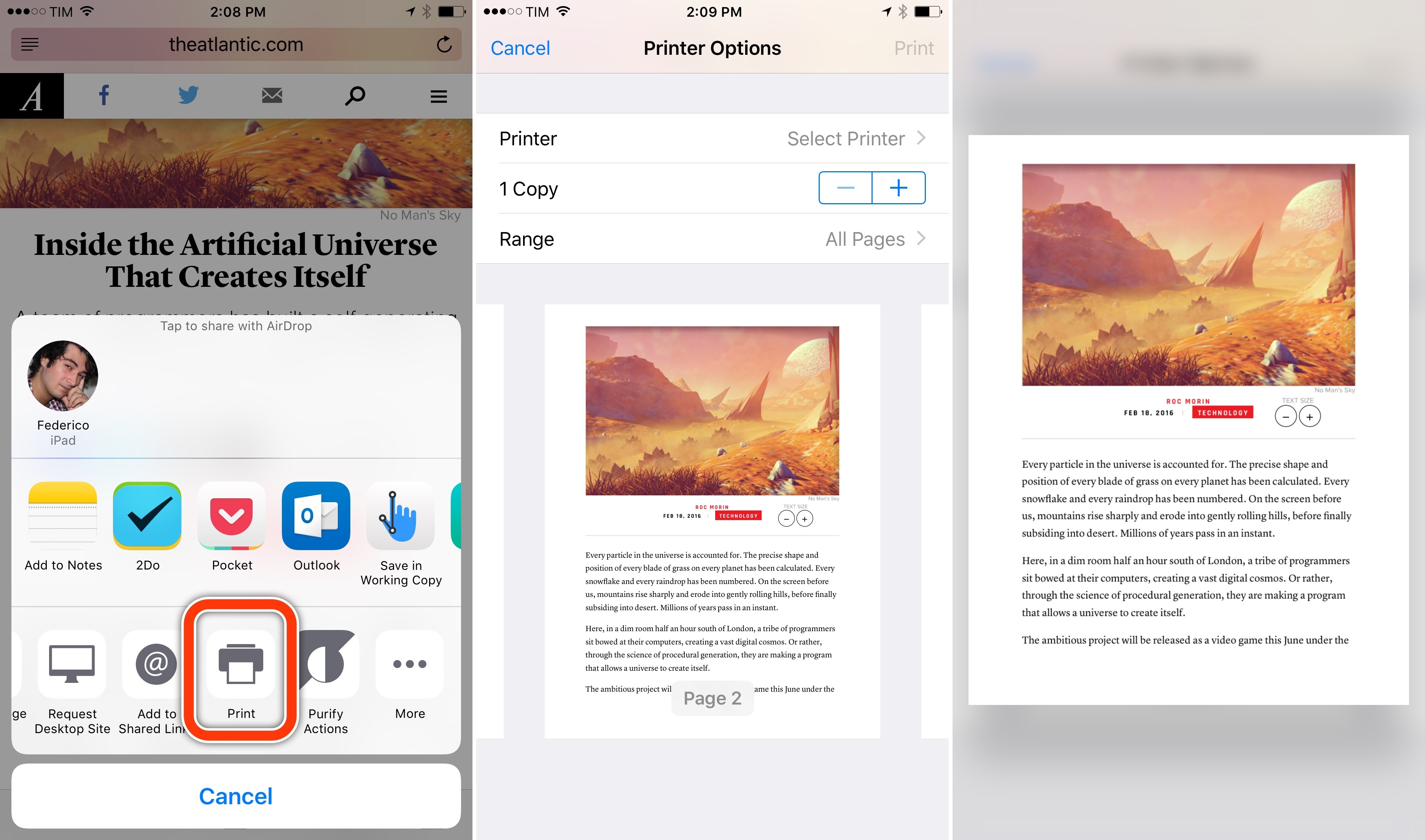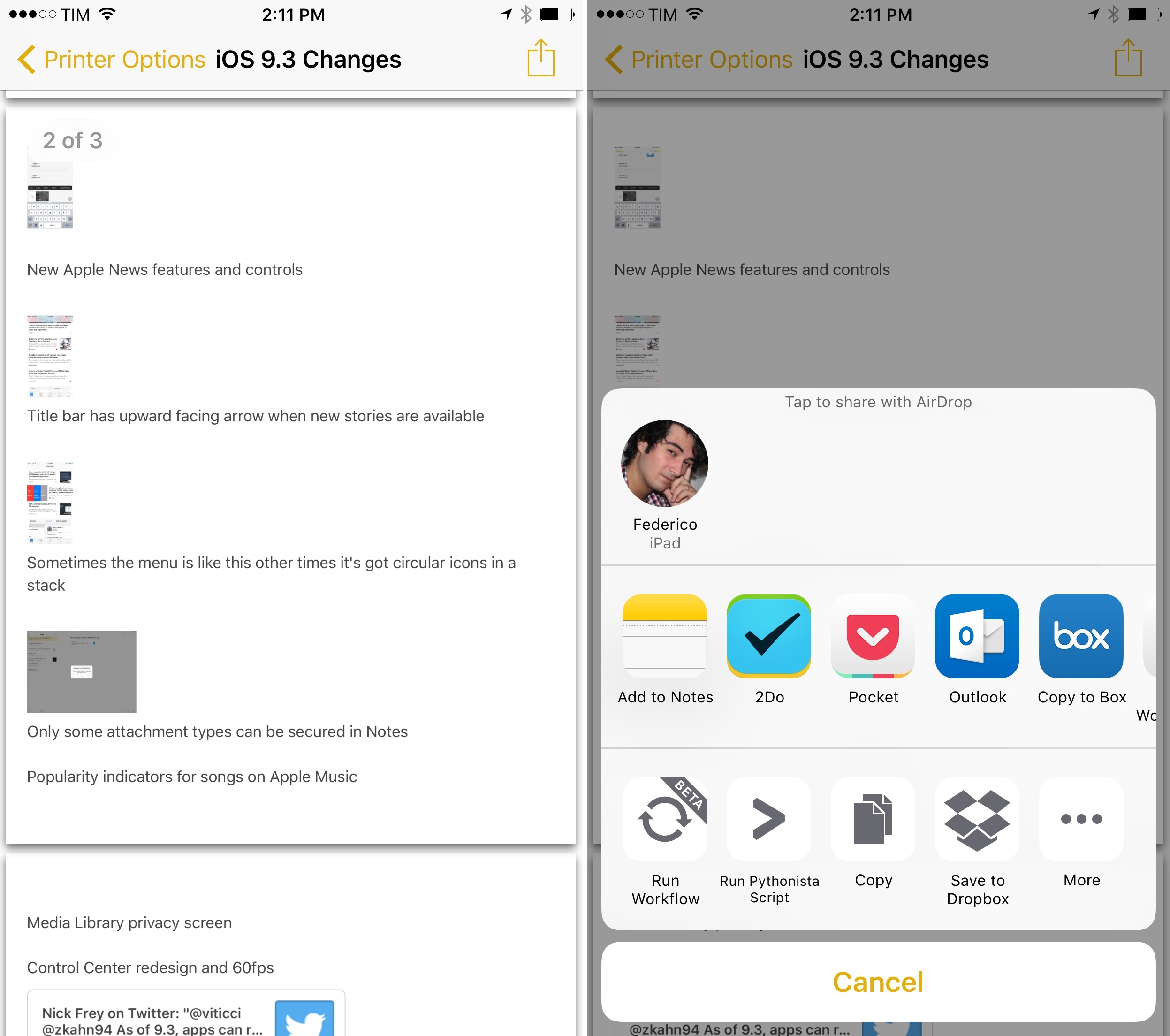Apple filed a motion in court on Thursday asking a judge to remove an order demanding the company help crack the iPhone belonging to one of the San Bernardino terrorists — arguing the order is not authorized under current law and, in any event, is unconstitutional.
“This is not a case about one isolated iPhone. Rather, this case is about the Department of Justice and the FBI seeking through the courts a dangerous power that Congress and the American people have withheld,” the motion begins.
You can read the document in its entirety here. Here’s a section that stood out to me:
And if it succeeds here against Apple, there is no reason why the government could not deploy its new authority to compel other innocent and unrelated third-parties to do its bidding in the name of law enforcement. For example, under the same legal theories advocated by the government here, the government could argue that it should be permitted to force citizens to do all manner of things “necessary” to assist it in enforcing the laws, like compelling a pharmaceutical company against its will to produce drugs needed to carry out a lethal injection in furtherance of a lawfully issued death warrant, or requiring a journalist to plant a false story in order to help lure out a fugitive, or forcing a software company to insert malicious code in its auto-update process that makes it easier for the government to conduct court-ordered surveillance. Indeed, under the government’s formulation, any party whose assistance is deemed “necessary” by the government falls within the ambit of the All Writs Act and can be compelled to do anything the government needs to effectuate a lawful court order. While these sweeping powers might be nice to have from the government’s perspective, they simply are not authorized by law and would violate the Constitution.




